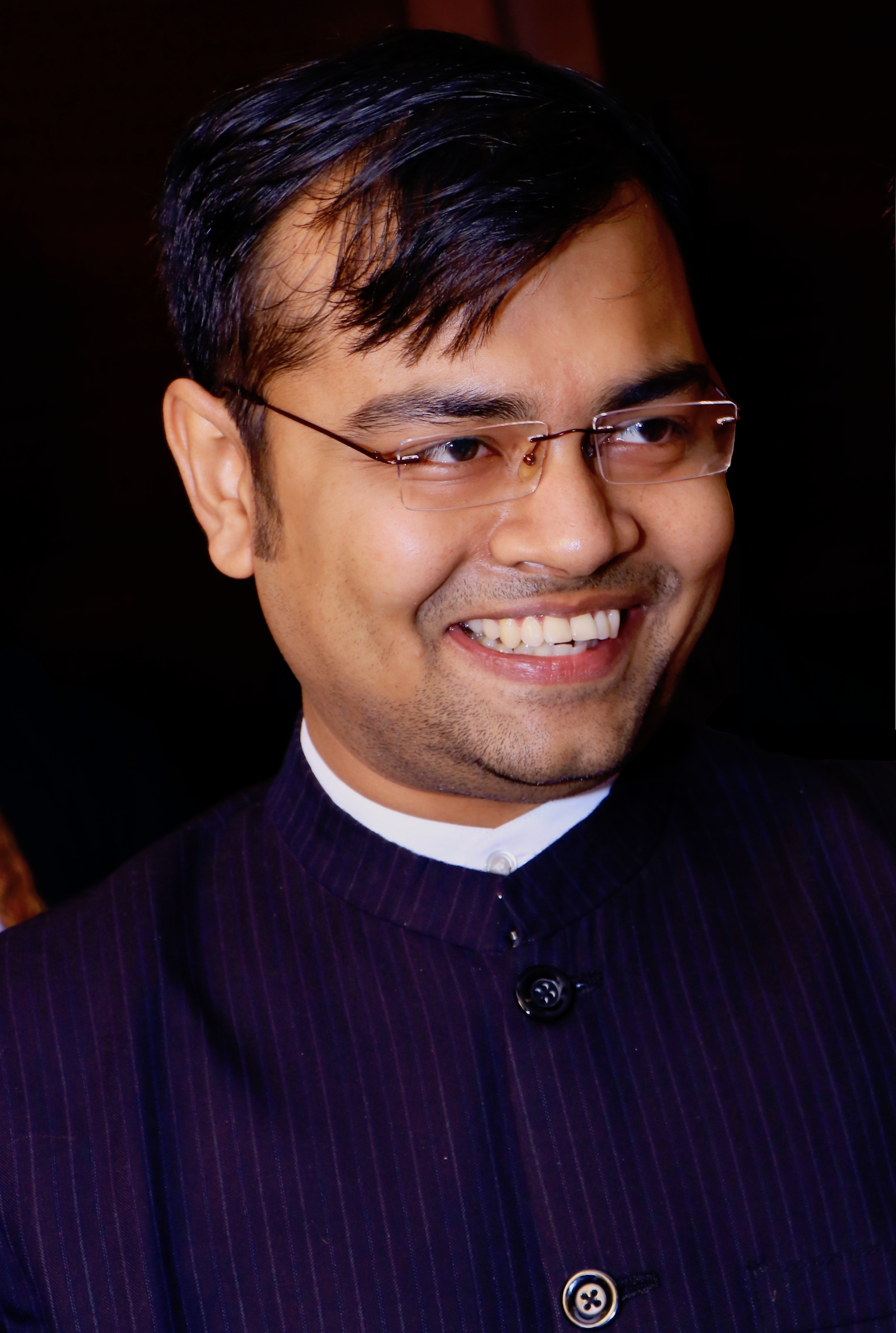LPC Distinguished Researcher

Name:
Rajdeep Chatterjee
Institution:
University of Minnesota
Email:
Personal web link:
What I will be working on:
In 2021 my focus will be on physics analyses related to precision measurements of the properties of the Higgs boson in the diphoton decay channel.
- The first will be the measurement of the Higgs boson mass and width with the Run 2 dataset. For the Higgs boson mass the target is to obtain a precision of better that 0.1%, in combination with the same measurement in the 4 lepton decay channel. Direct measurements of the width of the Higgs boson are severely limited due to detector resolution effects. Better constraints on the width can be obtained indirectly, by measuring the shift in the Higgs boson mass that arises out of the interference between Higgs boson production via gluon fusion and the QCD continuum. This indirect measurement is being performed for the first time in CMS.
- The second will be to study the CP properties and anomalous couplings of the Higgs boson to vector bosons. Here my collaborators and I will be focussing on the production mode where a Higgs boson is produced in association with a vector boson, and decays to a pair of photons.
My role in CMS past and present:
I joined the CMS collaboration as a graduate student in 2012. During my PhD I focussed on a set of precision cross-sections measurements of the Drell--Yan process and demonstrated the usefulness of these measurements to mildly constrain the gluon PDFs.
I joined the University of Minnesota as a researcher in 2016. My initial focus was on the HGCAL detector R&D efforts as part of the beam test program at FNAL and CERN. I played a key role both in beam test operations as well as in developing the DAQ and the analysis framework to prove the calorimetric performance of the initial HGCAL prototypes to electron/pion/muon beams.
Subsequently I started working on precision measurements of the properties of the Higgs boson in the diphoton decay channel. I led a team from the University of Minnesota to measure the Higgs boson mass with the 2016 dataset, which was combined with the same measurement from the 4 lepton channel as well that in Run 1. This is the most precise measurement of the Higgs boson mass (M(H) = 125.38 ± 0.14 GeV ) with a precision of 0.11 %. Currently, with collaborators, I am working to measure the standard model signal strength modifiers and production cross sections for the production mode where the Higgs boson is produced in association with a vector boson.
Since 2018 I have been responsible for providing to CMS, the electron and photon energy scale and resolution corrections. Currently I serve as one of the two convenors of the Higgs to diphoton physics analysis sub-group. In the past I have served as the reconstruction convenor of the EGM POG and ECAL DPG.